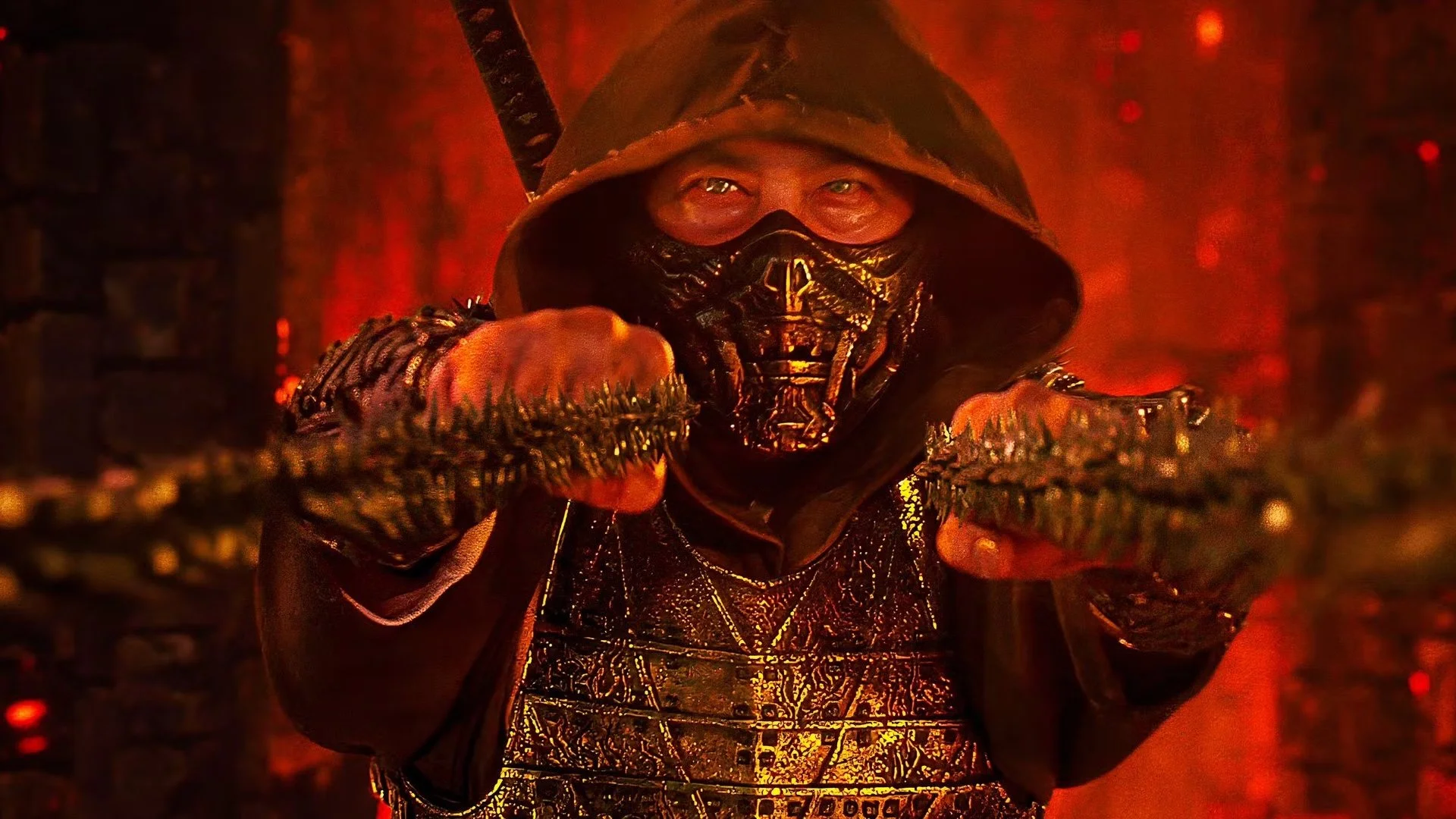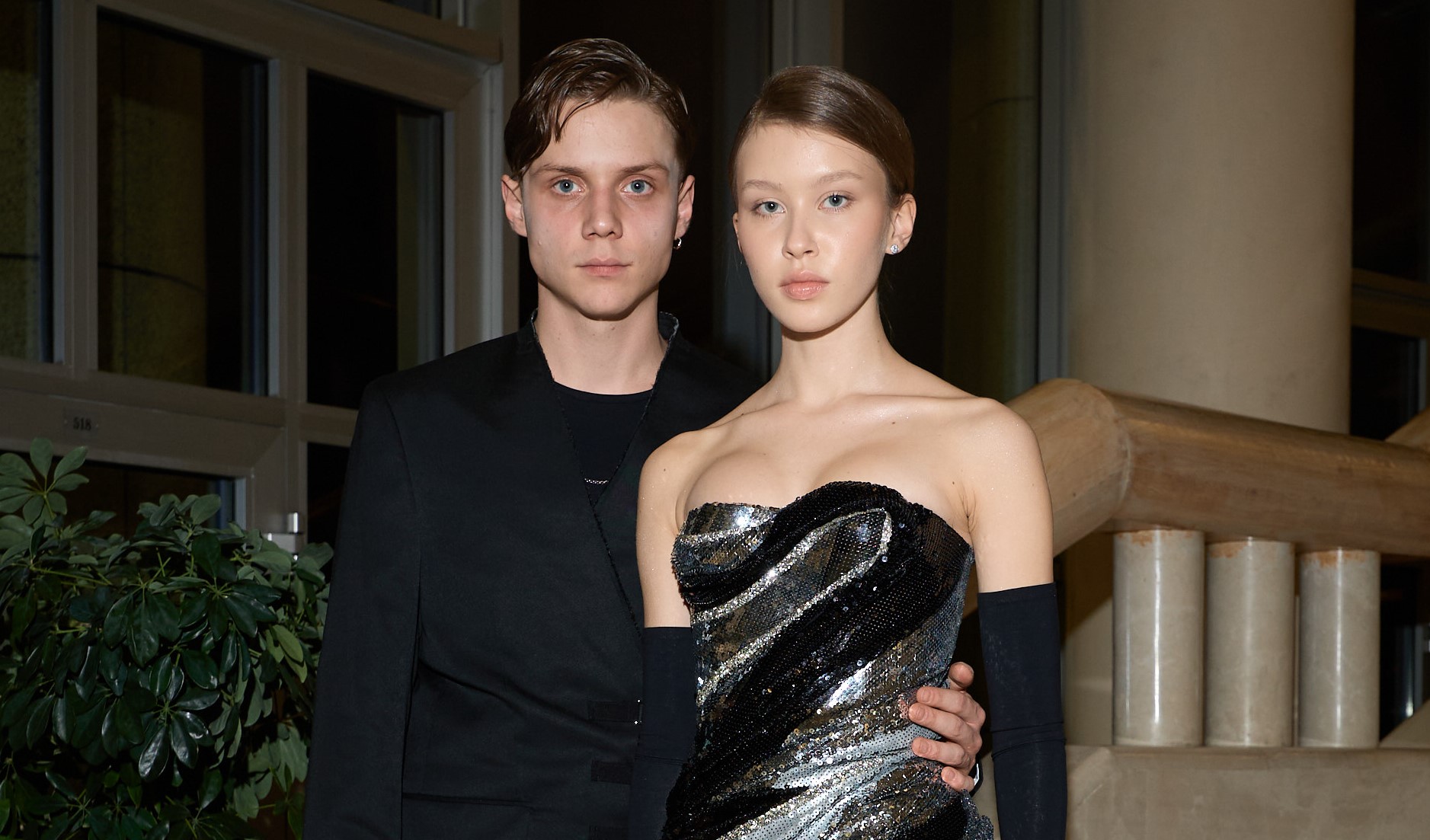The year 2022 is significant for Russian animation in many ways: April 8 is the 110th anniversary of the premiere of the first domestic cartoon, and May 1 may be the 105th anniversary of the legendary cartoonist Fyodor Khitruk, who gave us Winnie the Pooh. And if the latter is and remains a cult legacy of Soviet animation, then the list of modern classics, of course, will include completely different projects, and Masha and the Bear will certainly lead the rating.
13 years ago, in 2009, when this children’s animated series began to air on the screens, hardly anyone doubted how much the project would grow in the future. Now this story about the friendship of a former circus bear and a slightly cheerful hooligan is measured by huge numbers that speak for themselves: “Masha and the Bear” has more than 31 billion views on YouTube, 39 versions in different languages, in third place. List of the most popular brands on YouTube, regions of Europe, Africa and the Middle East, around $20 million in annual turnover and place in the Guinness Book of Records. It’s not enough to say that it’s just a brand – it’s a large-scale business that has already crossed the borders of Russia and has had incredible success (even Netflix called the show a Russian phenomenon). But it is impossible to say that such a chance is inexplicable, and this is felt even in an interview with the marketing director of the company Animaccord, which produced the series, who said that Masha and the Bear is primarily an absolutely universal project. and second, a strong media strategy.

It all started quite simply: according to legend, the author of the characters (invented by the animator of the pilot studio Oleg Kuzovkov) was inspired by Tom and Jerry and the daughter of acquaintances who were on vacation in the Crimea (in an interview), who later said: “The boy is just the leader of the Redskins”) and combining them I got the perfect combination.
This is an easy and predictable story with a main character that kids can easily recognize themselves – at least because this is a real person.
The opposition of the characters and the decision to play on the daily conflicts added shine to the animated series – in this way it became fun, funny, capable of captivating a child, and the premiere in the program Good Night, Children paid the attention of the audience to it. the very beginning.
In addition, Animaccord chose an atypical way for the viral distribution of Masha and the Bear: they did not fight piracy, moreover, they made their videos available to unlicensed sites for free.
“The task was to distribute high-quality animation,” Dmitry Loveyko, general director of the studio, said in 2017. He also said that initially the creators were fascinated by the idea of a relationship between an adult and a child – this opened up a lot of space for creativity.

At the same time, it is important to know that despite the love and popularity of the audience (it brought the animated series “Good Night, Kids” into the top ten highest-rated programs on the channel), it began to bring profits to its writers. owners only five and a half years later.
The quality bar was expensive, and a seven-minute episode cost around $250,000 to produce, then rose to $350,000.
“Keeping quality at a stable level will only increase labor costs,” said Sergey Kuzmin, major shareholder of Animaccord and producer of Masha and the Bear. In general, it is he who should be thanked for seeing the light of day at the end of the project: in the late 2000s, he got excited about the idea of creating Russian three-dimensional cartoons for children. Hollywood responded to Pixar and got the idea for Oleg Kuzovkov’s work. All that was left was to make a brand out of this story. Producer (and now director of the Animaccord studio) Dmitry Loveyko took charge of the implementation.

“Masha and the Bear were actually very thoughtful. It contains elements of certain biblical relations – the universal human relationship between an adult and a child, and elements of national folklore – in the interaction of characters from a Russian fairy tale. Eternal values, friendship and relations between an adult and a child turned out to be interesting. First, they exist in all cultures and all nations. Secondly, it is interesting for both children and adults when adults see in the behavior of a bear their own skills, successes, failures, tricks. Thirdly, children see in Masha a character with whom it is very good to either be friends or be like her. We don’t have big conversations and long conversations, we do circus and clowns. This can be understood without saying anything,” he said.

And speaking of thoughtfulness, it does not embellish. The Masha and the Bear episodes are six and a half minutes long—voice actor Alina Kukushkina in the first two seasons takes the time to grab a child’s attention and tickle her to make her laugh more naturally, and for some cultures, Animaccord uses its own approach: “Because the image of humans in Islamic culture, for example, is nice. “We are not welcome and we have a child, but she is wearing a headscarf. Maybe that’s why we’re so popular in Muslim countries.”
In general, a lot can be said about the geography of “Masha and the Bear” – they literally took over the whole world in real life, without leaving the screen forests.
Some dry facts: the animated series was one of the five best-known cartoons in Europe (2017), the most popular in Italy (2014 – 2015), where 88% of children know “Masha and the Bear”, it is among the ten USA It ranked first in the ranking of the most requested programs for children in the world, with the top 5 children’s content most popular among children in SBT (Brazil), Televisa (Mexico), Cartoonito (United Kingdom) and Teletoon (Canada). pandemic (2021). In total, the project is broadcast in more than 130 countries: according to 2016 data from Kidz Global, 88% of Italian children know Masha and the Bear, 95% in Indonesia, 33% in China, Germany, Chile and Taiwan 44% – more than 90% in Europe as a whole – more than 70%.
“Popularity is when you put together a strong media strategy: the country’s best children’s TV channel, DVDs, movies, YouTube and local language Netflix.”
“It also includes product licensing, promotion, a localized Facebook page * etc. provided. All of this helps maintain popularity,” said Daria Katiba, director of marketing for the Animaccord studio. Of course, in different countries, audiences are obsessed with different things (“Muslim countries are pleased because Masha wears a headscarf, it looks like a headscarf, and familiar paraphernalia echoes in countries with a communist past”), but the project’s incredible worldwide success is primarily driven by simple stories, understandable everywhere and readable and based on parent-child relationship. At the same time, it is important that the authors of the characters do not set themselves an educational and instructive goal: “If Masha behaves really badly, either she realizes that she has done something wrong, or the Bear points out to her, and in the end Masha always corrects herself. But in general, our main task is to make you laugh, to entertain.”
“For the most part, parents should educate, not content,” said Natalya Malygina, the director of the animated series.
* Recognized as extremist and banned in Russia.
And Masha and the Bear isn’t just about opinions and an international audience. In Leolandia park near Milan, a themed venue with cartoon characters, houses and forest is open, and the same is open in the Turkish amusement park The Land of Legends, project-based souvenirs are sold all over the world. no less in demand than the world and parts themselves. But if earlier the sale of thematic products brought more income than the sale of content, the situation has changed with the development of media platforms: “For example, 70% of profits in 2020 came from media income, 30 percent from the sale of licensed products, in a conversation with Forbes Daria Katiba . While Animaccord hasn’t released exact figures, Bloomberg estimates the company’s annual revenue is around $20 million.

The pandemic has played on their hands (Natalya Malgina: “I think I have never aired a series as fast as in quarantine in my life”) and I want to believe that the current cancellations will bypass them too. Meanwhile, Masha remains kind and charming in her own way, and remains an important part of domestic Russian animation – in fact, her face on the world market.
Source: People Talk





